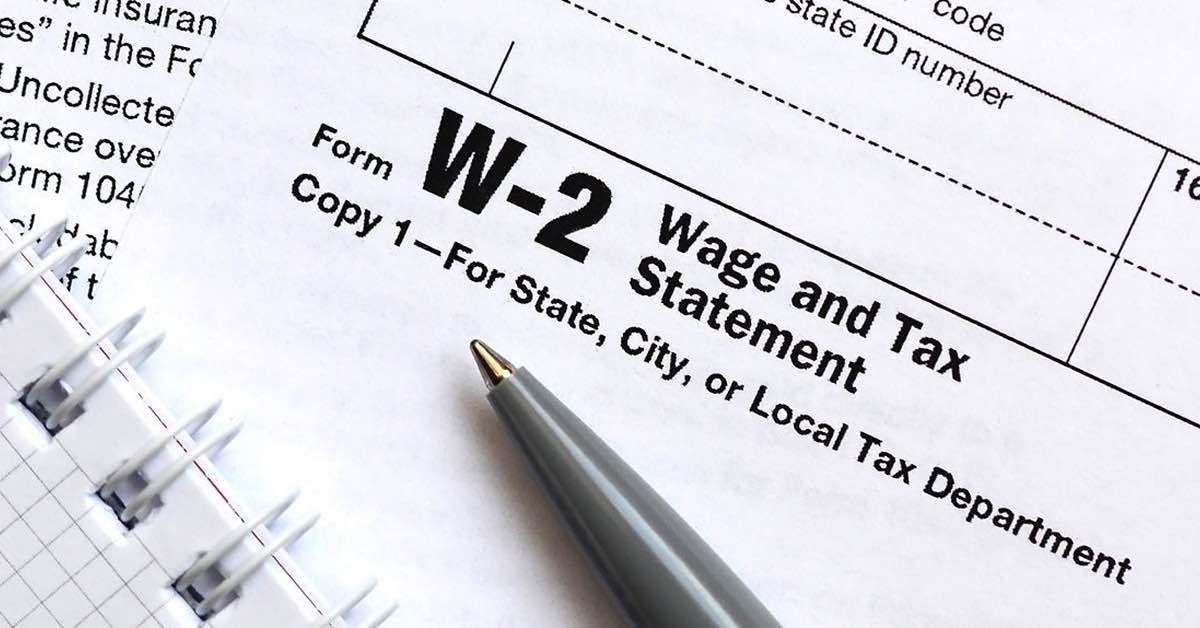Decoding Your Form W-2: Your Key to Filing Your U.S. Taxes with TAXtical

If you're an employee in the United States, one of the most important documents you'll receive each year is Form W-2, Wage and Tax Statement. While it might seem like just a summary of your pay, your W-2 contains vital information needed to accurately file your federal and state income tax returns.
At TAXtical, we understand the importance of every tax document. Let's break down your W-2 and how it fits into your tax filing process.
What is Form W-2?
Form W-2 is a form that employers are required to send to each employee and the Social Security Administration (SSA) by the end of January each year. It reports your annual wages and the amount of federal, state, and local taxes withheld from your pay during the previous calendar year.
Think of it as your official annual earnings report from your employer. It summarizes your taxable income and how much tax was already paid on your behalf through payroll deductions.
Who Will Get This Form?
You will receive a Form W-2 if:
- You are an Employee: This form is specifically for individuals who are considered employees of a company, as opposed to independent contractors or self-employed individuals (who typically receive Form 1099-NEC).
- You Received Wages, Salary, Tips, or Other Compensation: If your employer paid you any amount of taxable compensation for your work, they are legally obligated to provide you with a W-2.
- Taxes Were Withheld: Even if no tax was withheld, if you earned wages, you should still receive a W-2.
Most individuals who work for a company and receive a regular paycheck will receive a W-2 from each employer they worked for during the calendar year.
Why Do You Get a W-2? (And Why is it So Important?)
You receive a W-2 for several critical reasons, making it indispensable for your annual tax filing:
- To Report Your Income to the IRS: The information on your W-2 allows you to accurately report your wage income on your Form 1040, U.S. Individual Income Tax Return. The IRS also receives a copy directly from your employer, allowing them to cross-reference your reported income. This helps ensure
- For Social Security and Medicare Contributions: Your W-2 also reports the amounts withheld for Social Security and Medicare taxes (FICA taxes). These contributions fund your future Social Security benefits and current Medicare coverage.
- For State and Local Tax Filings: If you live in a state or locality with income taxes, your W-2 will provide the necessary information for filing your state and local tax returns as well.
Key Boxes on Your W-2 and What They Mean:
Your W-2 is divided into several boxes, each containing specific information:
- Box 1: Wages, tips, other compensation: This is your total taxable wages for federal income tax purposes.
- Box 2: Federal income tax withheld: The total amount of federal income tax your employer withheld from your pay. This is a crucial amount when calculating your tax refund or the amount you owe on Form 1040.
- Box 3: Social Security wages: The portion of your wages subject to Social Security tax. There's an annual wage base limit for Social Security tax.
- Box 4: Social Security tax withheld: The amount of Social Security tax withheld from your pay.
- Box 5: Medicare wages and tips: Your wages subject to Medicare tax. There's no wage base limit for Medicare tax.
- Box 6: Medicare tax withheld: The amount of Medicare tax withheld from your pay.
- Boxes C-F: State and Local Information: These boxes report your state and local wages, income tax, and the names and EINs of the state and local employers. This information is needed for filing your state and local tax returns.
- Box 12: Codes: This box reports various types of compensation or reductions to taxable income, identified by a two-letter code. Examples include contributions to a 401(k) plan (Code D) or employer contributions to a health savings account (Code W).
What to Do When You Receive Your W-2:
- Review it carefully: Check that your name, address, and Social Security Number are correct.
- Verify the amounts: Compare the reported wages and withheld taxes to your last pay stub of the year.
- Keep it safe: Your W-2 is an essential document for filing your taxes. Store it securely.
- Provide it to your tax preparer: If you're working with a tax professional like TAXtical, your W-2 is one of the first documents they will ask for.
What if You Don't Receive Your W-2?
Employers are required to issue W-2s by January 31st. If you haven't received yours by mid-February, contact your employer first. If you still can't get it, you can contact the IRS for assistance.
How TAXtical Uses Your W-2:
Your W-2 is a critical piece of information for us at TAXtical. We use the data from your W-2 to:
- Accurately report your wage income on your federal and state tax returns.
- Calculate your tax liability based on your income and withholdings.
- Ensure you receive the correct credit for the taxes you've already paid.
- Help you understand if your withholdings were appropriate for your income level and financial situation.
Understanding your W-2 is key to accurate tax filing. If you have questions about your W-2 or any other tax document, the experts at TAXtical are ready to help. Contact

